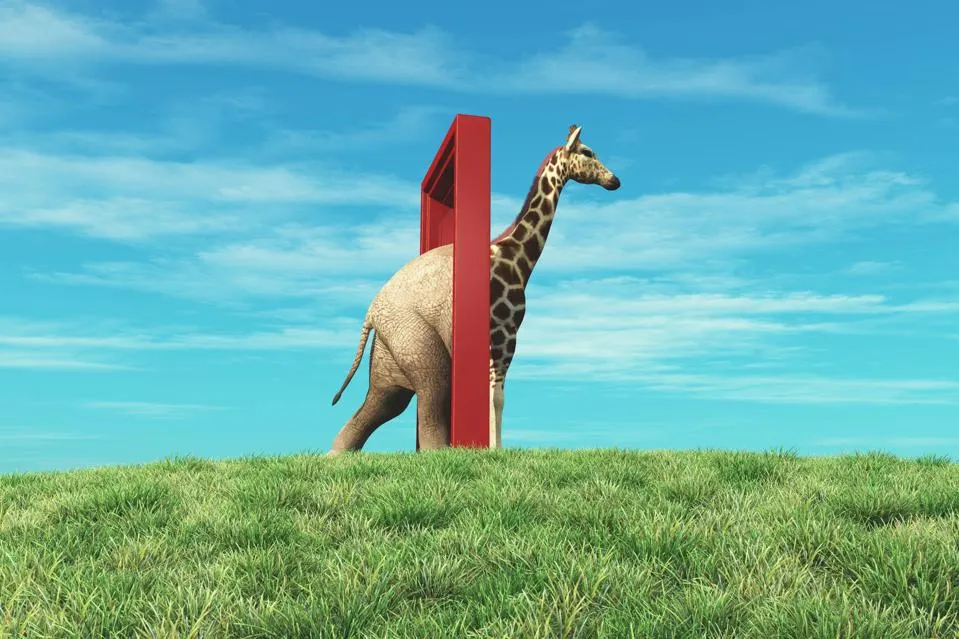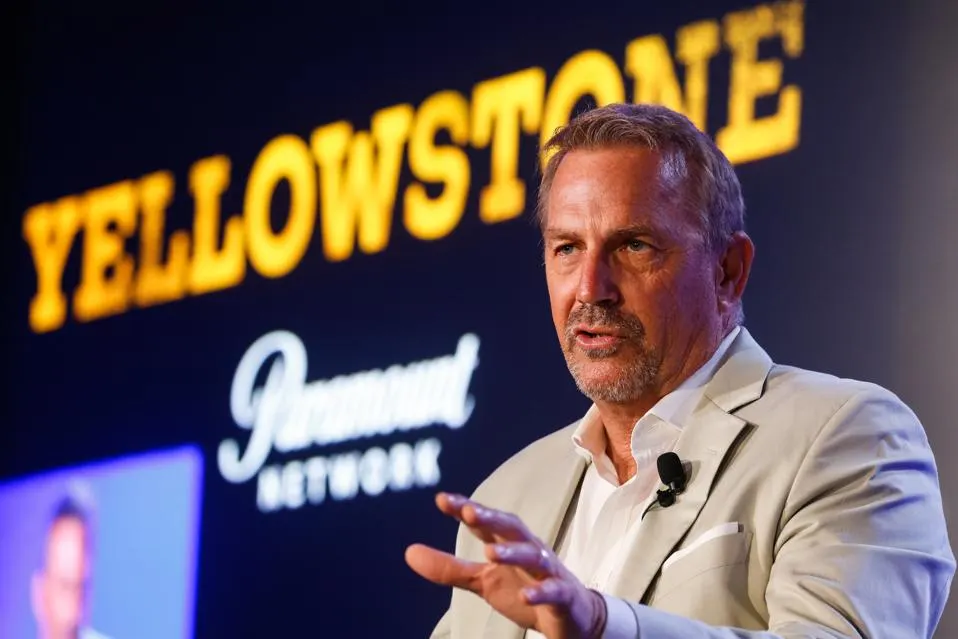From Best Practices to Next Practices: Embracing the Future of Work

The right answer is often seen as the ultimate goal in education and professional settings, shaping our mindset from a young age. We are conditioned to believe that success hinges on mastering facts, performing tasks, and achieving "the right answer." While this works well in structured environments like schools, it fails to align with the complexity and unpredictability of the modern world, where change is constant, and ambiguity is the norm.
In the workplace, careers are often built upon established methods, benchmarks, and best practices—tools that provide comfort by offering clear, safe routes. Yet, as the world becomes more interconnected and volatile, the limitations of this approach become increasingly apparent. Best practices, which are backward-looking by nature, are based on lessons learned and processes refined from past experiences. However, the future of work is not about perfecting what has already been done. It's about anticipating what has never been done, embracing uncertainty, and reimagining what's possible.
In this environment, best practices can be a liability. The rapid evolution of technology, shifting workforce expectations, and volatile markets demand innovation, not imitation. The future will belong to those who can ask new questions, reframe paradigms, and experiment with what could be. This is where "next practices" come into play.
Next practices are not small adjustments to existing systems; they are bold leaps into the unknown. Take, for example, the growing trend of a four-day workweek. While it offers flexibility, it still measures work by time. What if the conversation shifted from hours worked to outcomes achieved? What if we redefined success based on how work integrates with life, rather than sticking to outdated metrics? These questions don't just tweak the status quo—they challenge and remake it.
Resistance to change is the greatest obstacle to adopting next practices. Leaders accustomed to the certainty of best practices often resist new ideas because they fear the unknown. This resistance is more instinctual than logical—a reflexive "no" rooted in familiarity. To overcome this, organizations must foster a culture of curiosity, experimentation, and an openness to uncertainty.
A powerful way to overcome resistance is by encouraging managers to break their automatic responses. Instead of rejecting new ideas outright, they should pause and ask themselves, "What could we learn by trying this?" or "How might this align with our goals?" This simple reframing creates space for innovation and invites new possibilities.
The key to fostering next practices is experimentation. Organizations must create environments where new ideas can be tested quickly and with minimal risk. Whether the trial succeeds or fails, the insights gained are invaluable. Recognizing and celebrating these efforts, regardless of outcome, reinforces a culture of creativity and continuous learning.
Flexibility within frameworks is also essential. Organizations should move away from rigid policies and towards adaptive guidelines that encourage exploration. By training managers in techniques like "Yes, And" from improvisation, organizations can turn resistance into collaboration. When presented with a new idea, instead of shutting it down, leaders can ask, "How could we modify this to fit our needs?" This collaborative approach nurtures innovation and allows organizations to adapt.
Transitioning from best practices to next practices requires courage—the courage to release certainty and embrace the messiness of discovery. It’s about creating systems that allow for risk-taking, learning, and growth. The organizations that will thrive in the future will not be those that seek the "right" answer but those that can adapt to uncertainty, remain agile, and foster creativity and resilience.
Next practices are not about finding a new fixed answer to replace an old one; they are about cultivating a mindset that values the journey over the destination. In a world defined by constant change, the greatest success comes not from finding the right answer but from daring to ask the next question. By letting go of the past and embracing the potential of the future, we unlock the opportunity to create a dynamic, purpose-driven world for ourselves, our organizations, and future generations.



